I keep saying that I am done making the
Sew Together Bag, but it is a hopelessly addictive pattern - not only for me, but my friends and family. As soon as someone sees the bag, they want one - and so I keep making them. This bag is my sixth bag, and though it has a detailed exterior, it is one of the fastest exteriors I have pieced because I used precuts and cheated a little on the piecing process. I'll detail my method here for anyone looking to make a fun, scrappy patchwork exterior.
I originally set out to make this bag a very simple patchwork with minimal piecing, as I needed to have it done quickly. As I started digging through my mini charm shoe box, I remembered trying piecing with fusible interfacing on a patchwork project when I first started quilting. Normally I would rather just chain piece, but I needed fast and these are little pieces. Previously I used the fusible 1" grid from Joann's, but I remembered seeing a
tutorial on Sew Mama Sew to draw your own grid on plain lightweight fusible interfacing. That method works best for the sizes of the squares in this project, and I happen to have a bolt of sheerweight interfacing on hand.
Materials used:
59 assorted mini charms (or any other 2.5" squares)
Pellon 906F fusible sheerweight interfacing 16.25" x 22.5"
the usual quilting supplies
From your 59 mini charms, subcut each charm into four 1.25" squares = 236 squares. You will have two more than you need. I was not overly concerned with extreme precision and stacked four or five charms together at a time. When you are done, you will have a pretty stack of tiny squares.
On your interfacing, draw 1.25" grids as detailed in the tutorial linked above. You should have 13 squares across x 18 squares down.
I won't detail all of the assembly instructions, as the tutorial I linked is comprehensive. The process moves quickly...unless you have a five year old helper and all of the fabric is not even remotely in the lines. Another word of advice with so many tiny squares - it was easier for me to line up a row or two at a time, fuse, then line up the next row or two at a time, fuse, until all rows are fused (also perhaps a byproduct of my five year old helper). They will look something like this after fusing - it is not completely perfect along the edges, and it doesn't need to be; it will be trimmed a bit to fit the pattern dimensions.

Sew your rows and columns and press the seams open. Pressing the seams is a bit of a chore - there are a lot of them and they are a bit more resistant to laying flat than plain quilting cotton or larger squares. I opted to then add batting and quilt the panel. Your panel will be 10.25" x 14". After assembling my interior panel, I only needed to trim off 1/4" from each side; the length seemed to work well with the interior panel, which is usually (in my experience) a bit longer than the exterior panel.
Attach your bag pieces, add your binding, and behold your scrappy bag:
My little helper, E, took some photos as well, complete with the customary finger across the lens:



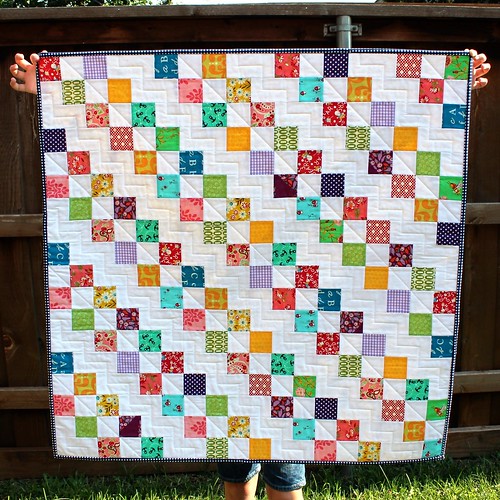
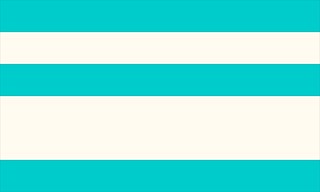

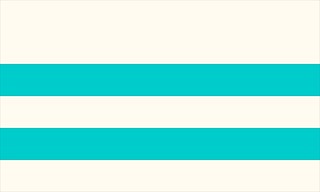
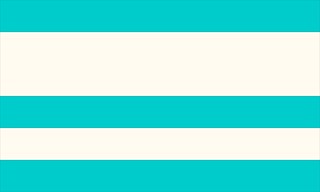


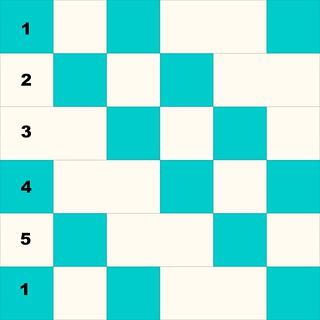

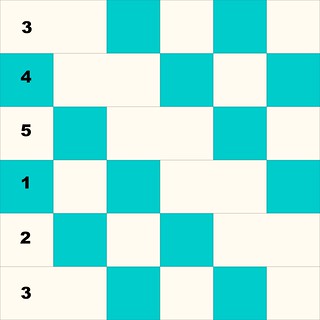
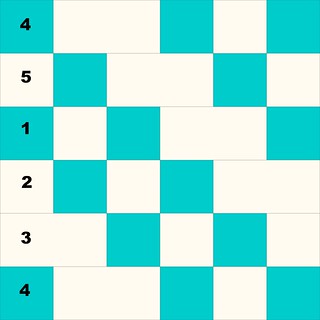

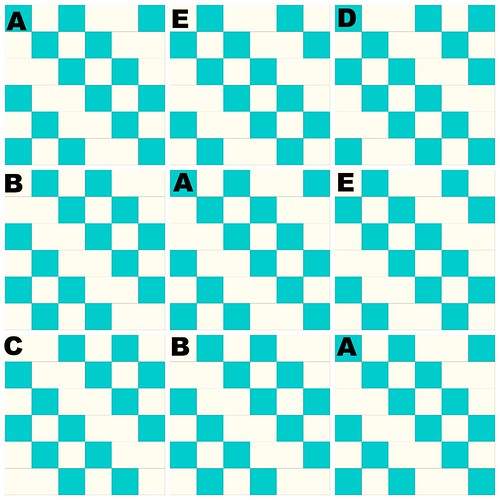
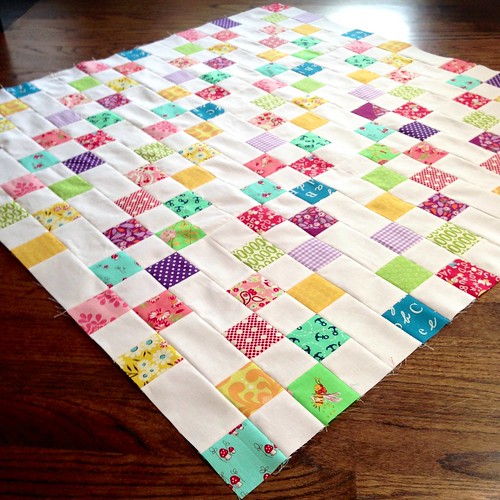










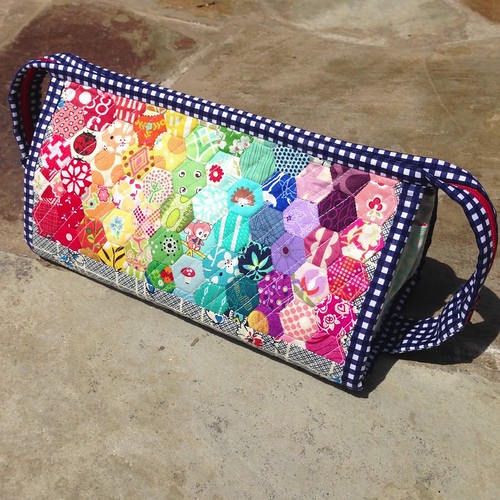

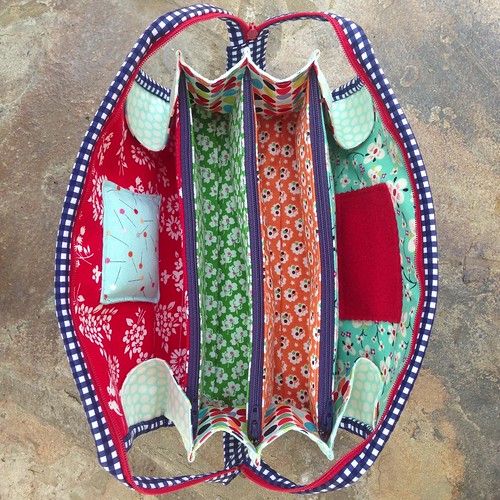

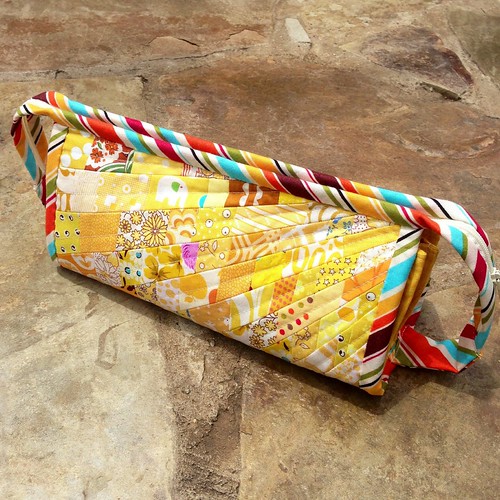

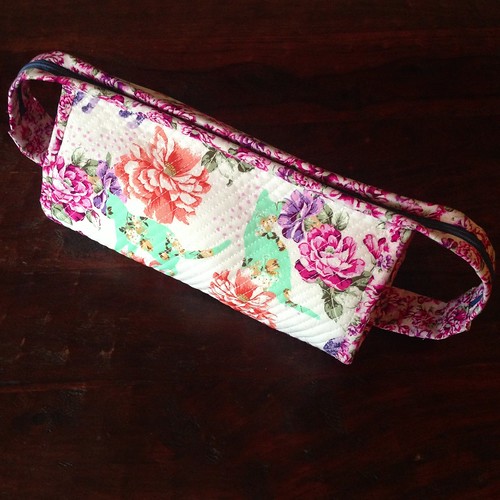
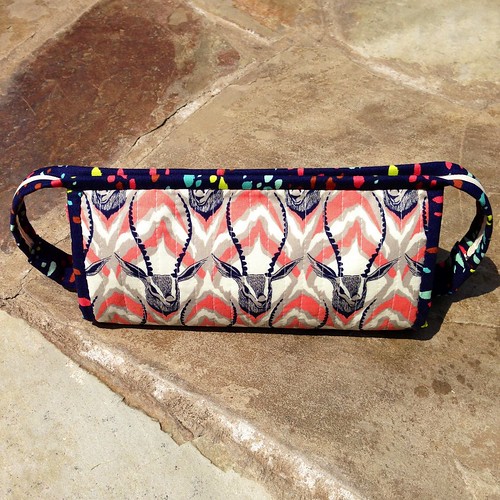
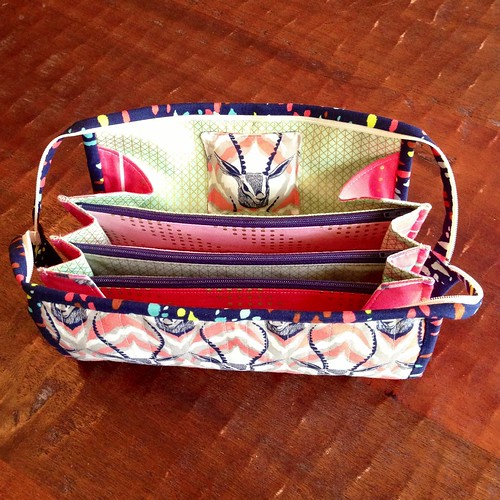
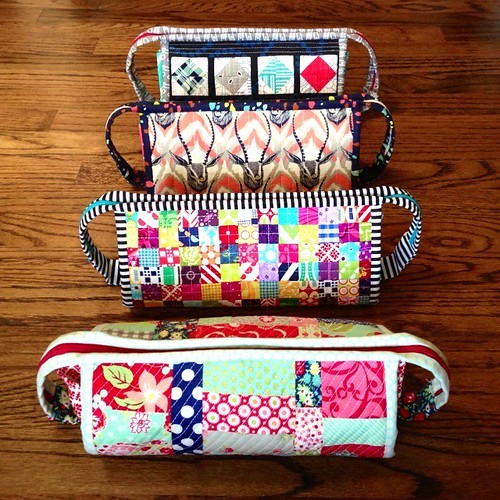





.jpg)







